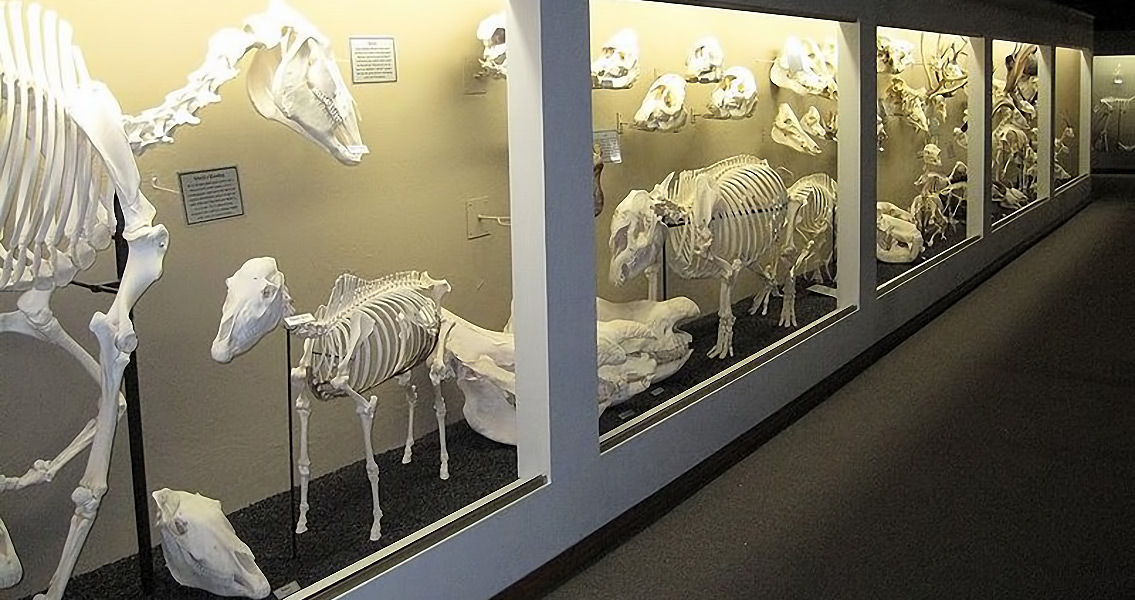<![CDATA[South American native ungulates, a species group of hoofed mammals that Charles Darwin called “the strangest animals ever discovered”, have been found to be most closely genetically related to horses. The finding is significant because so far scientists have been unable to establish a clear link between the now extinct group of species and still existing mammals with similar characteristics such as camels and elephants. In short, these creatures were a mystery, which is now starting to be solved. The research, published in Nature, was led by the American Museum of Natural History (AMNH), and also involved scientists from the Natural History Museum of London, and the University of York. The researchers performed a protein-sequencing analysis on collagen extracted from bone fossils of ungulates, a method that proved to be more efficient for fossils of that age than DNA analysis due to the fact that DNA perishes quickly in the climatic conditions typical of South America, and the last South American native ungulates died out 10,000 years ago. The sample was then compared to collagen taken from an extensive number of potentially related mammals, including elephants, anteaters, hippos, goats, and horses. In addition, the scientists compared the ungulate sample to a few other representatives of the mammal kingdom, including primates, cats, chickens, and platypuses, in order to be able to build a more detailed family tree. This comparative analysis revealed that the two species of South American native ungulates studied by the team were closest to the group of species to which horses and donkeys belong, Perissodactyla. This group of species also includes hippos and tapirs. Until now, the dominant hypothesis on these ungulates’ closest relative focused on elephants. However, evidence of this was lacking, especially given that millions of years ago, when the ungulates evolved in South America, the continent was isolated, making it unlikely that endemic species mingled with fauna from other continents such as Africa. What made the researchers’ task even more difficult was the reason Darwin called them “the strangest animals”. According to one of the new paper’s authors, Ross MacPhee, South American native ungulates were a “mosaic” of various features that resembled those of a variety of unrelated modern-day mammals that had evolved and lived in different parts of the world. Now, it turns out that the paleontologists who suggested that the ungulates came to South America from the Northern American continent were right. This in all probability happened some 60 million years ago, after the mass extinction of the non-flying dinosaurs. Yet, one question still remains: were all species of South American native ungulates related to perissodactyls? The AMNH-led team only examined fossils from two species, whose last members died relatively recently. However, some species from the group went extinct as early as 30 million years ago. While obtaining a good enough sample from such ancient fossils in order to perform protein sequencing on it is unlikely, the researchers will continue working with their South American colleagues on available bones from ungulates in search of an answer. Image courtesy of Wikimedia Commons user: SkImsta]]>
Darwin’s “Strangest Animals” Were Horse Relatives
